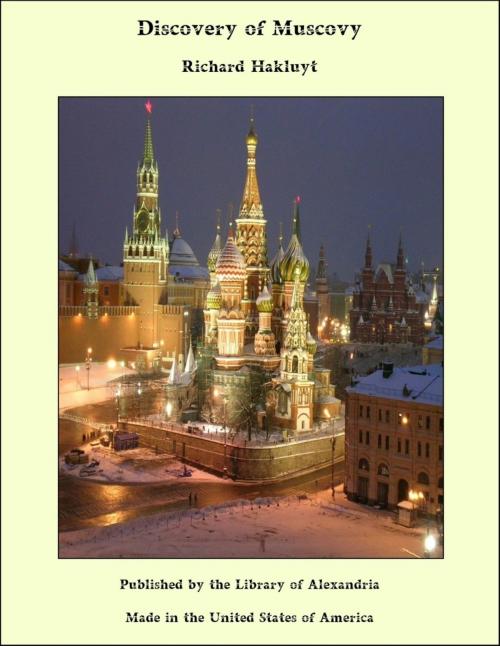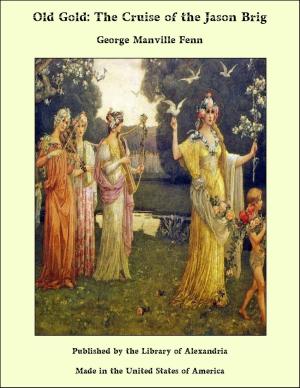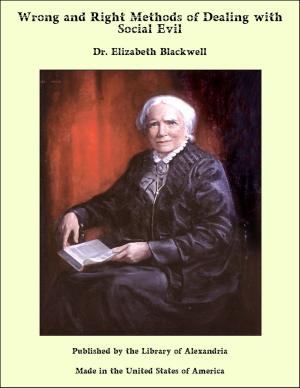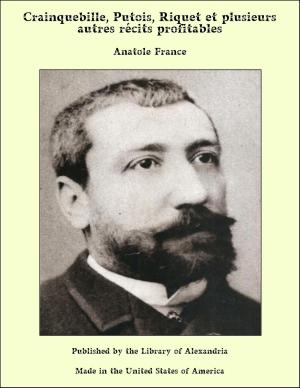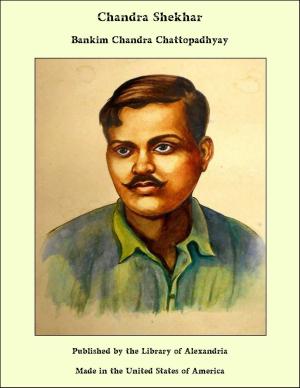| Author: | Richard Hakluyt | ISBN: | 9781465571151 |
| Publisher: | Library of Alexandria | Publication: | March 8, 2015 |
| Imprint: | Language: | English |
| Author: | Richard Hakluyt |
| ISBN: | 9781465571151 |
| Publisher: | Library of Alexandria |
| Publication: | March 8, 2015 |
| Imprint: | |
| Language: | English |
The story of our first contact with Russia belongs to the days of Ivan the Terrible. The Russians are a Slavonic people, with Finnish elements to the North and Mongolian to the South, and old contact with the Swedes, from whom they are supposed to have got their name through the Finnish Ruotsi, a corruption, it is said, of the Swedish rothsmenn—rowers. Legends point also to a Scandinavian settlement in the ninth century in Northern Russia. A chief Igor, whose name is supposed to represent the Scandinavian Ingvar, was trained by a warrior chief Oleg (Scandinavian Helgi?), who attacked Byzantium and wrung tribute from the Greeks. After the death of Oleg, Igor reigned, and after the death of Igor his wife Olga was regent, and was baptised at Byzantium in the year 955. Her son Sviotoslaff the first chief with a Slavonic name, was a conquering chief, who did not become Christian. He was killed in battle, and his skull was made into a drinking-cup. His son Vladimir was a cruel warrior, who took to Christianity, was baptised in the year 988, and caused the image of the Slavonic god of Thunder, Perun, to be first cudgelled and then thrown into a river. Vladimir, who first introduced Christianity, divided his dominions, leaving Novgorod to his son Yaroslaff, who established the first code of laws. After the death of Yaroslaff, in the year 1054, Russia was broken into petty principalities, until the year 1238, when there was a great invasion of the Mongols, who became a great disturbing power, and remained so until the year 1462, when Ivan III. began the consolidation of a Russian empire. He reigned forty-three years, suppressed the liberties of many independent regions, annexed states, checked the Mongols, married a Byzantine princess, and so brought Greek culture into Moscow. Ivan III. bequeathed his throne to a son Basil, who made further addition to the dominions of Muscovy, and treated with foreign princes. Herberstein, an ambassador to him from Germany, has left a description of his court. Then followed the reign of Basil's son Ivan IV., Ivan the Terrible, who was, when his father died, a child of three years old. He was at first, from 1533 to 1538, under the care of his mother, Helen Glinska, a Pole. In 1543, when a boy of thirteen, he broke loose from the tutelage of chiefs, and caused one of them who had most worried him to be torn to pieces by dogs. In 1547, at the age of seventeen, he was crowned, and took the title of Czar (Caesar). He married a good wife, submitted to the guidance of a good priest, Silvester, revised his grandfather's code of laws, issued a code for the Church, conquered enemies upon his borders, had desires towards the civilisation of the West, and did nothing to earn his name of "the Terrible" before the year 1558, five years after the setting out of Willoughby and Chancellor. His cruelties continued from 1558 until his death, in 1584.
The story of our first contact with Russia belongs to the days of Ivan the Terrible. The Russians are a Slavonic people, with Finnish elements to the North and Mongolian to the South, and old contact with the Swedes, from whom they are supposed to have got their name through the Finnish Ruotsi, a corruption, it is said, of the Swedish rothsmenn—rowers. Legends point also to a Scandinavian settlement in the ninth century in Northern Russia. A chief Igor, whose name is supposed to represent the Scandinavian Ingvar, was trained by a warrior chief Oleg (Scandinavian Helgi?), who attacked Byzantium and wrung tribute from the Greeks. After the death of Oleg, Igor reigned, and after the death of Igor his wife Olga was regent, and was baptised at Byzantium in the year 955. Her son Sviotoslaff the first chief with a Slavonic name, was a conquering chief, who did not become Christian. He was killed in battle, and his skull was made into a drinking-cup. His son Vladimir was a cruel warrior, who took to Christianity, was baptised in the year 988, and caused the image of the Slavonic god of Thunder, Perun, to be first cudgelled and then thrown into a river. Vladimir, who first introduced Christianity, divided his dominions, leaving Novgorod to his son Yaroslaff, who established the first code of laws. After the death of Yaroslaff, in the year 1054, Russia was broken into petty principalities, until the year 1238, when there was a great invasion of the Mongols, who became a great disturbing power, and remained so until the year 1462, when Ivan III. began the consolidation of a Russian empire. He reigned forty-three years, suppressed the liberties of many independent regions, annexed states, checked the Mongols, married a Byzantine princess, and so brought Greek culture into Moscow. Ivan III. bequeathed his throne to a son Basil, who made further addition to the dominions of Muscovy, and treated with foreign princes. Herberstein, an ambassador to him from Germany, has left a description of his court. Then followed the reign of Basil's son Ivan IV., Ivan the Terrible, who was, when his father died, a child of three years old. He was at first, from 1533 to 1538, under the care of his mother, Helen Glinska, a Pole. In 1543, when a boy of thirteen, he broke loose from the tutelage of chiefs, and caused one of them who had most worried him to be torn to pieces by dogs. In 1547, at the age of seventeen, he was crowned, and took the title of Czar (Caesar). He married a good wife, submitted to the guidance of a good priest, Silvester, revised his grandfather's code of laws, issued a code for the Church, conquered enemies upon his borders, had desires towards the civilisation of the West, and did nothing to earn his name of "the Terrible" before the year 1558, five years after the setting out of Willoughby and Chancellor. His cruelties continued from 1558 until his death, in 1584.
